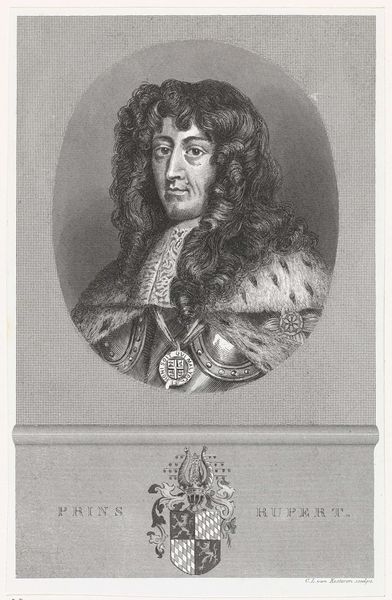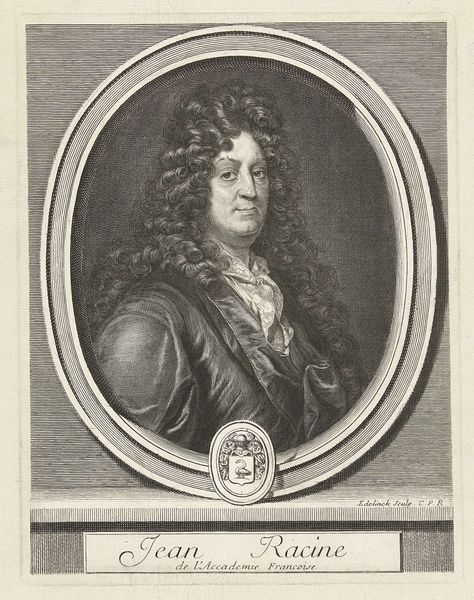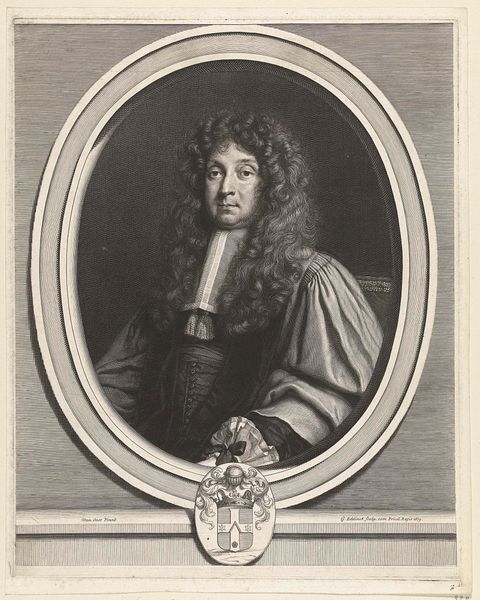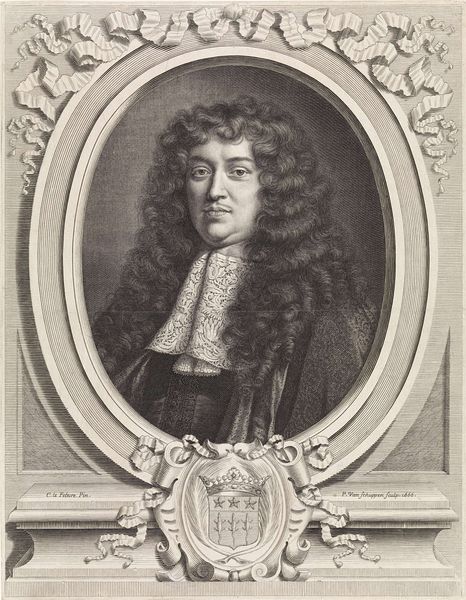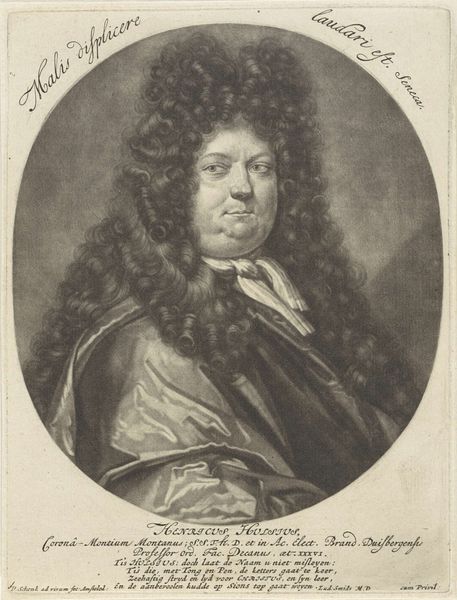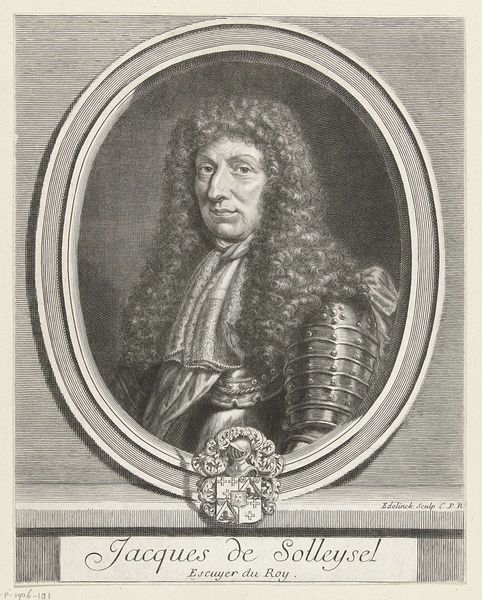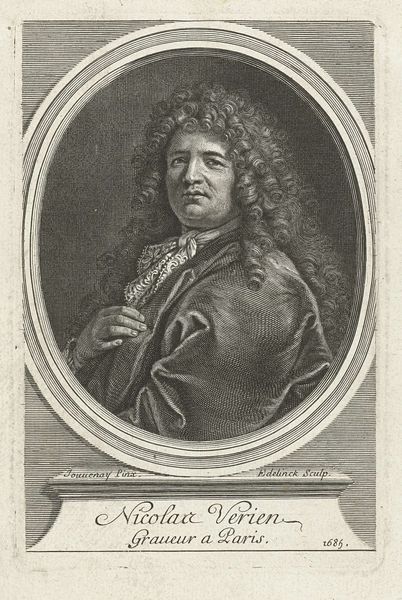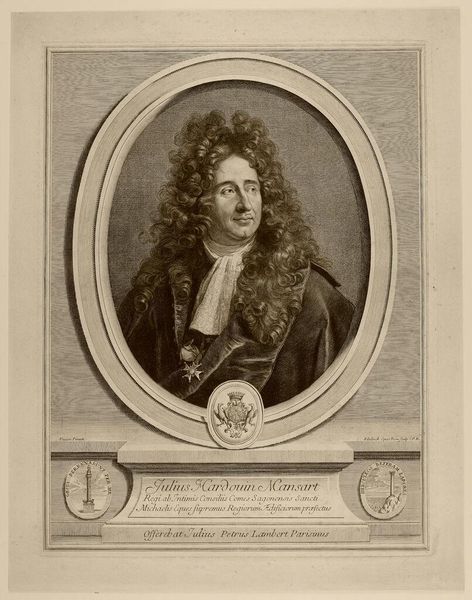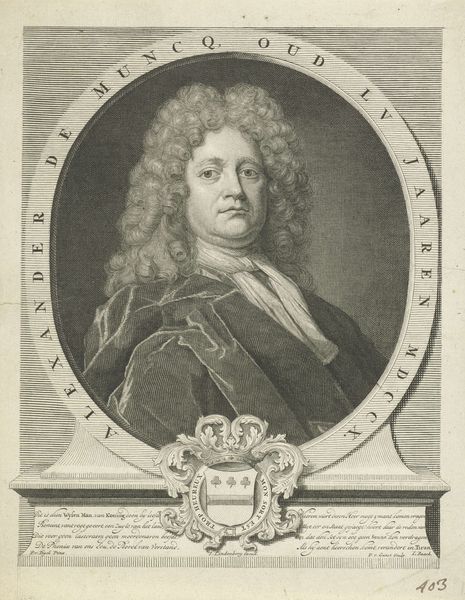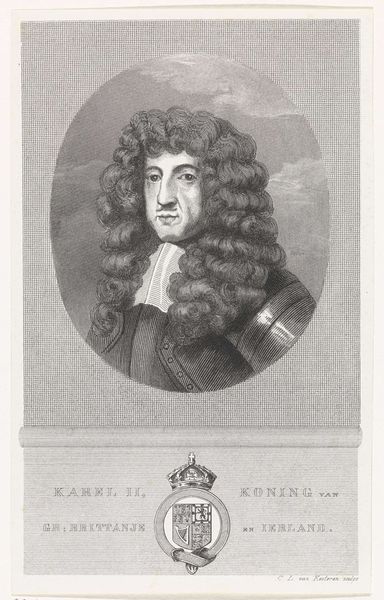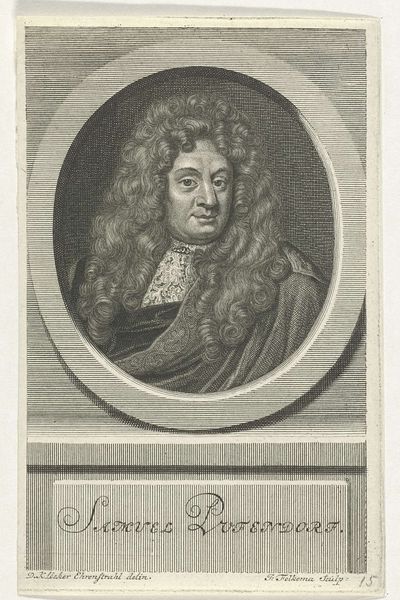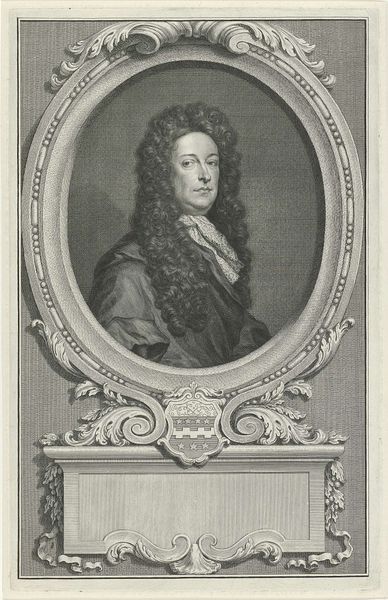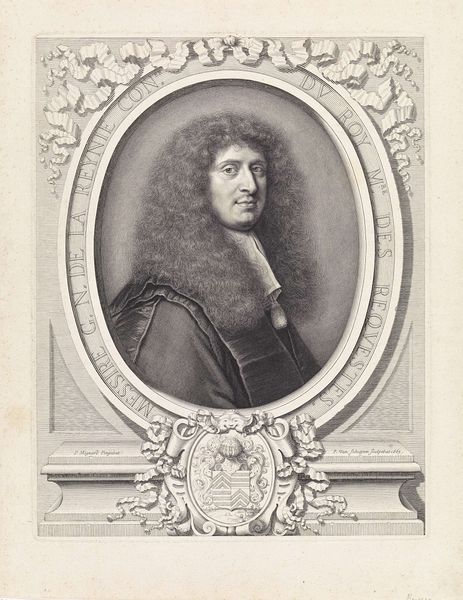
drawing, pencil
#
portrait
#
pencil drawn
#
drawing
#
facial expression drawing
#
light pencil work
#
pencil sketch
#
portrait reference
#
pencil drawing
#
pencil
#
yellow element
#
animal drawing portrait
#
portrait drawing
#
pencil work
#
genre-painting
#
realism
Dimensions: height 443 mm, width 301 mm
Copyright: Rijks Museum: Open Domain
Editor: So, this is Pieter Gerardus Bernhard’s "Portrait of Jacob van Vredenburch van Adrichem," from 1835, rendered in pencil. It’s striking how the delicate pencil strokes create such a rich sense of texture, especially in the hair. What do you see when you look at this drawing? Curator: The interesting thing about this piece, beyond its obvious representational function, is how it engages with the *process* of portraiture itself. Consider the pencil, a readily available and relatively inexpensive material. How does Bernhard's choice of such a humble medium affect the perceived status of the sitter? Editor: That’s interesting. So, are you saying the *choice* of pencil democratizes the genre, making portraiture more accessible? Curator: Precisely. Think about the social context: 1835. The rise of the middle class, a growing interest in individual identity, and a corresponding demand for portraiture. Oil paint was still costly and time-consuming. But a pencil drawing? Much quicker, more affordable. Did that accessibility affect how class was perceived or depicted at the time, do you think? Editor: I see what you mean! It's not just about capturing a likeness, but also about *who* could afford to have their likeness captured, and through what means. That affects social mobility. Curator: Exactly! And consider the labour involved. Pencil portraits, while faster than oils, still required skill and time. How does the visible "work" of the pencil—the hatching, the shading—impact our understanding of the sitter’s status and the artist's craft? This isn't just art; it's also work. Editor: That really changes my perspective on what I initially saw as simply a well-executed portrait. The materiality and the process of its creation really tell a different story about art and society! Curator: Indeed. Looking closely reveals so much about artistic production, the depicted subject, and how cultural meanings get shaped.
Comments
No comments
Be the first to comment and join the conversation on the ultimate creative platform.
